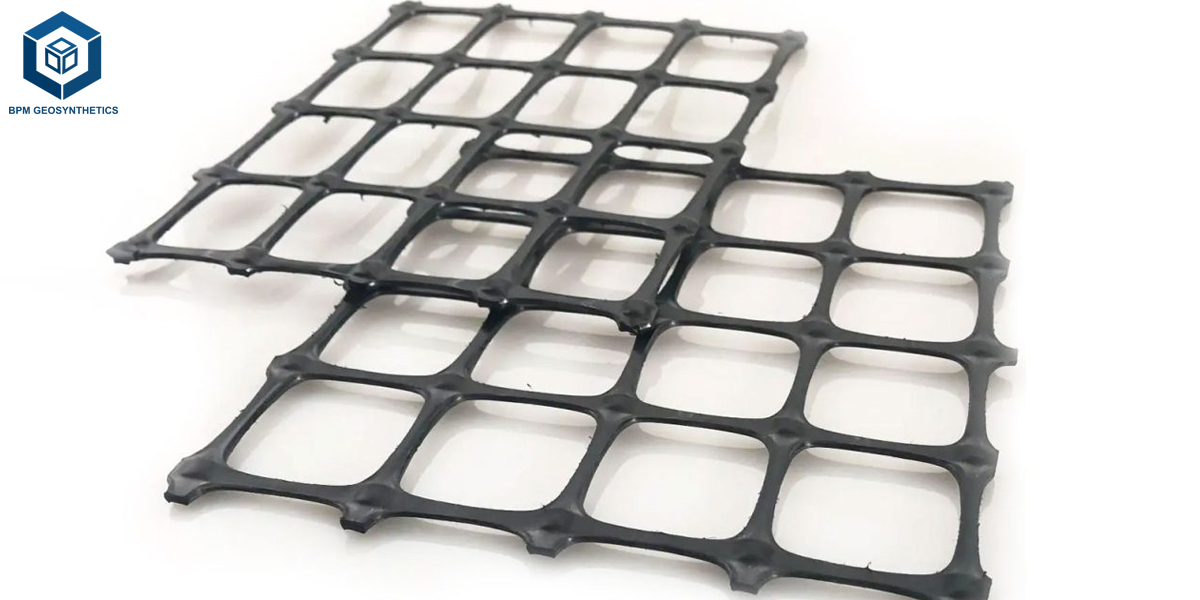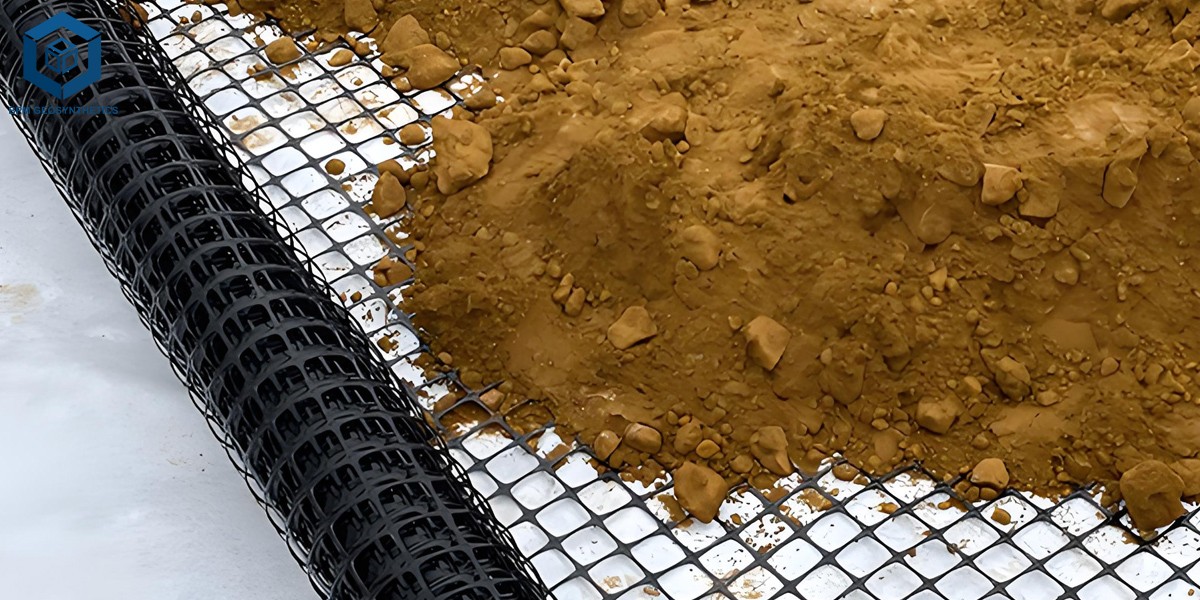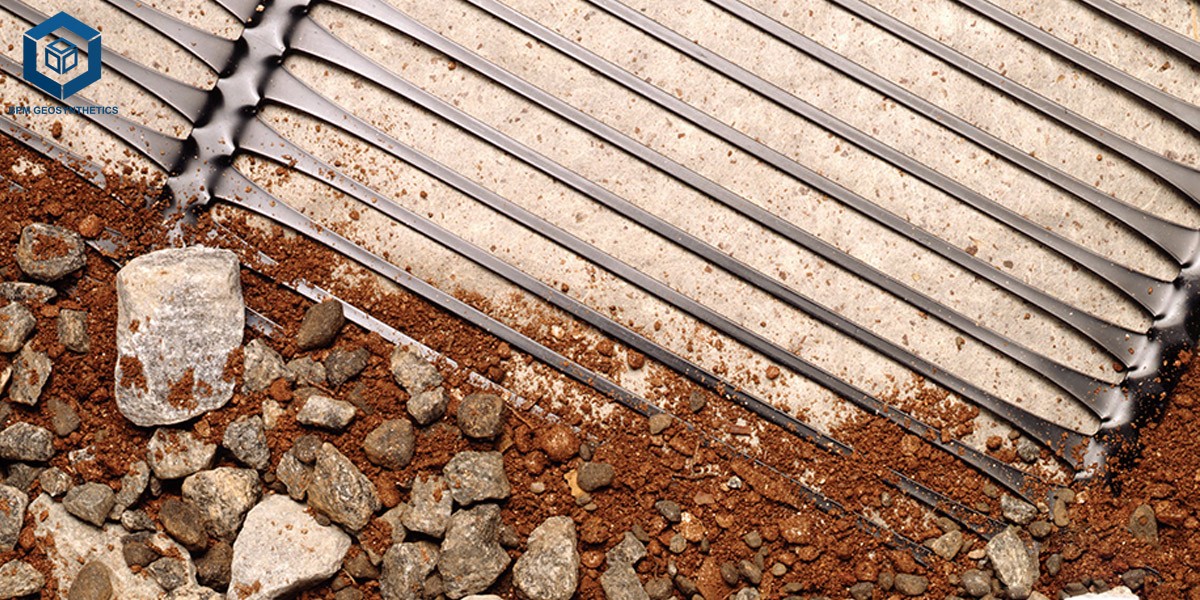Geo Grid for Driveway: Durable and Eco-Friendly Reinforcement Solution
Geo Grid for Driveway: Reinforcing Strength and Sustainability
Introduction
In modern construction and landscaping, the geo grid for driveway has become an essential material for enhancing ground stability, extending pavement life, and ensuring long-term durability. With the rising demand for cost-efficient and eco-friendly reinforcement methods, geogrid systems are widely used in both residential and commercial driveways.
By interlocking with soil or aggregate layers, geogrids create a stable base that distributes loads evenly, prevents surface deformation, and reduces maintenance costs. As global construction shifts toward sustainable and low-carbon solutions, geo grids for driveways are redefining how driveways and parking areas are built.
Understanding Geo Grid Technology
What Is a Geo Grid?
A geo grid is a polymer-based reinforcement mesh designed to stabilize soil and distribute loads. Typically made from high-density polyethylene (HDPE), polypropylene (PP), or polyester (PET), the grid features open apertures that allow the interlocking of aggregates.
In driveway construction, geo grids are installed beneath the base material to create a strong structural layer. This reduces the need for deep excavation or excessive gravel use, while improving drainage and preventing rutting under heavy vehicle loads.
Types of Geo Grids for Driveway Use
Uniaxial Geo Grids: Provide strength in one direction, suitable for retaining walls or slopes near driveways.
Biaxial Geo Grids: Reinforce in both directions, ideal for general driveway stabilization and load distribution.
Triaxial Geo Grids: Offer multi-directional strength, maximizing stability under uneven traffic conditions.
Market Overview and Global Demand
According to recent industry data, the global geo grid market is projected to exceed USD 1.5 billion by 2030, growing at a CAGR of around 8%. This growth is largely driven by infrastructure upgrades, urban expansion, and the push for sustainable construction materials.
Key Growth Drivers
Eco-Friendly Construction: Geo grids reduce material waste and minimize the carbon footprint of driveway construction.
Rising Urbanization: Increased demand for private and commercial driveways in residential developments and industrial zones.
Cost Efficiency: Reduced excavation depth and less aggregate usage lower total project costs by up to 25%.
Longevity: Driveways reinforced with geo grids exhibit higher load-bearing capacity and longer service life.
Market Segments
Residential Driveways and Pathways
Commercial Parking Areas
Access Roads and Industrial Yards
Green Driveway Systems for Sustainable Landscaping
Technical Insights: How Geo Grid for Driveway Works
Load Distribution and Soil Stabilization
The geo grid for driveway creates a confined matrix that interlocks with the base material, transferring loads over a larger area. This reduces localized stress, minimizes rutting, and prevents the base from shifting under heavy loads.
Installation Process
Site Preparation: Level and compact the soil or subgrade.
Laying the Geo Grid: Roll out the geo grid panels over the surface, ensuring proper overlap at joints.
Anchoring: Secure the grid with stakes or pins to maintain alignment.
Filling: Add crushed stone or gravel within the grid apertures.
Compaction: Compact the filled area to achieve a stable, smooth surface.
This process ensures the driveway remains structurally sound, even under dynamic load conditions or extreme weather.
Material Advantages
Chemical and UV Resistance: HDPE and PP materials are resistant to corrosion and environmental degradation.
High Tensile Strength: Provides excellent reinforcement in both longitudinal and transverse directions.
Water Permeability: Prevents surface water accumulation, reducing erosion and freeze-thaw damage.
Sustainability and Environmental Impact
With the global emphasis on green construction, geo grids for driveways play a vital role in reducing carbon emissions and resource consumption. They enable the use of locally available aggregates, reducing transportation costs and CO₂ output.
Additionally, geo grids promote permeable surface systems, which improve groundwater recharge and minimize stormwater runoff — key factors in sustainable urban design.
Industry Trends and Innovations
Recycled Polymer Grids: Manufacturers are increasingly using recycled HDPE to produce eco-friendly geogrids.
Smart Geosynthetics: Integration of sensors to monitor structural performance in real-time.
Hybrid Systems: Combination of geogrids with geotextiles or geocells for enhanced mechanical strength and drainage.
Design Software Integration: Advanced simulation tools improve installation precision and performance forecasting.
These innovations are expected to shape the next generation of driveway reinforcement systems, ensuring better durability and environmental compliance.
Frequently Asked Questions (FAQ)
1. How thick should the base layer be with a geo grid for driveway?
Typically, a 4–6 inch base layer is sufficient when using a geo grid, compared to 8–10 inches required in traditional driveways.
2. Can geo grids support heavy vehicles like trucks or RVs?
Yes. Properly installed driveway geo grids can handle heavy loads, including commercial vehicles, without rutting or surface failure.
3. Are geo grids suitable for permeable or green driveways?
Absolutely. Geo grids work perfectly with permeable aggregates, allowing water infiltration and promoting sustainable drainage systems.
4. How long does a geo grid driveway last?
With correct installation and maintenance, a geo grid-reinforced driveway can last over 25 years, depending on traffic and climate conditions.
Conclusion
As global construction trends shift toward sustainability and performance-driven design, the geo grid for driveway stands out as a transformative solution for modern ground reinforcement. Its combination of high strength, cost efficiency, and environmental compatibility makes it an ideal choice for residential, commercial, and industrial applications.
For engineers, contractors, and buyers seeking reliable and durable driveway reinforcement, geo grids offer a proven technology that reduces long-term maintenance while enhancing structural stability.
Contact us today to learn more about professional geo grid solutions for your driveway or infrastructure projects.






